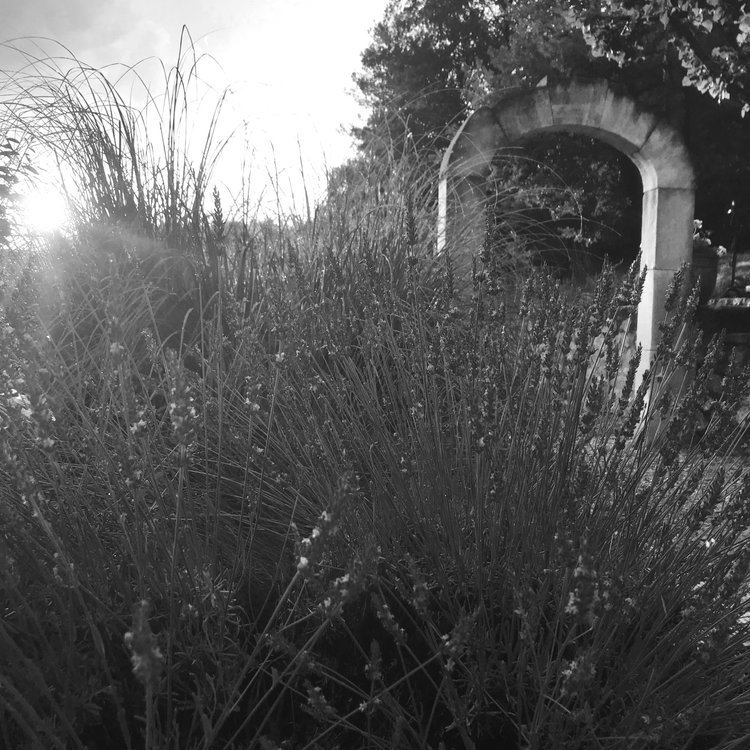Long Live Lavender
Lavender is one of my favorite plants. I’m obsessed. Like OBSESSED. Every room in my house has a lavender-scented something. I grow it. I eat it. I drink it, too. I fall asleep to Calm’s “Blue Gold” sleep story on a regular basis. And because of that story, I once traveled an extra 10 hours by train to the South of France to see the lavender fields in bloom. See the photo essay at the end!
So, I got excited when I saw the Tea Tuesday lavender post by the Keweenaw Bay Indian Community (KBIC) Natural Resources Department (NRD). (They’re doing great posts — check them out!) The info here on the blog is adapted from the original Facebook post.
Lavender. This magical, earthy, almost shrub has a heavenly smell and a rich history.
While it’s a world traveler — and its Persian roots have spread far from its Mediterranean home — lavender can be tough to grow, especially from seed. The seeds prefer cold stratification (meaning a little blast of winter in the fridge, but not a hard freeze outside), and most varieties like dry, rocky, poor soil, and LOTS of sun. Think Mediterranean hillsides. It’s easy to overlove lavender or shade it out. Once established, lavender can be a hearty garden companion and a calming, wise herb.
Lavender also offers a good reminder that we can be global citizens AND it’s important to understand where we settlers and our plants come from. Knowing our lineage helps to integrate healthier ways to grow, live, and harmonize in our transplanted spaces.
Lavender is a beloved plant from abroad. Eurasian Buckthorn, Russian olive, garlic mustard — less so. But it’s important to understand the reasons why all these plants migrated with us. Beloved, native, invasive, or unconsciously underfoot, plants can teach us settlers about our own indigenous roots and wisdom as well as how to share the canopy with the Indigenous nations we’ve grown into.









